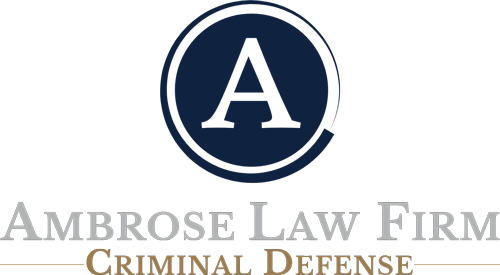[column width=”1/3″ title=”” title_type=”single” animation=”none” implicit=”true”]
Ever wonder if someone is listening to your conversation when you are in a courthouse? Or, even standing outside the building on the courthouse steps? The answer may very well be yes – the government may be listening and they may be doing so without a warrant.
Conversations around courthouses occur every day when court is in session. People are naturally there to take care of court-related business and communication is crucial. People talk with their attorney, family members, friends, even opposing counsel while in a courthouse hallway or just outside of court before or after their hearing. Often times, these are private conversations intended only for those participating in the conversation to hear. Preferably, the chat takes place in a conference room without anyone else present. But, some courts do not have conference rooms available for people to talk privately. So you try and find a secluded place to talk to your client. Or, at least a place that is not within an earshot of someone else. But that is often difficult in many packed courthouses that do not provide private conference rooms.[1]
So what happens if you have a conversation in, or near, a courthouse and the government is recording the conversation? Can they use that against you without obtaining a warrant first? The northern district of California recently answered the latter question affirmatively.
Recently, in U.S. v. Marr, et. al., a group of defendants challenged the prosecution’s use of warrantless audio recordings that captured their private conversations at the entrance of two courthouses. The defendants argued they had a legitimate expectation of privacy when conversing, which should trigger Fourth Amendment protection absent a warrant.
Courts evaluate whether someone has a “legitimate” expectation of privacy by using a subjective standard.[2] Under this standard, the defendant must demonstrate that their expectation of privacy is one that society recognizes as being reasonable.[3] In its analysis, the court uses the so-called Kee factors. This includes the volume of the conversation; the potential for others to hear the communication; the actions taken to shield the conversation; the degree of technological enhancements to hear the communication; and the place of the communication as it relates to a subjective expectation of privacy while at that location.
In Marr, the court used the Kee factors to determine that the defendants did not have a legitimate expectation of privacy in their conversations outside the courthouse. A significant factor seems to be the fact that the conversations took place in public. In Katz, the defendant was inside of a phone booth enclosed by glass while talking on the phone. Because Katz took steps to shield his conversation, the Court reasoned that he took steps to protect his conversations from the public. Therefore, he received protection under the Fourth Amendment. Private spaces often receive the same defense.
If you have no other option than to have a conversation in a public place, and do not want anything you are saying to be used against you, then taking affirmative steps to make your conversation private is paramount to receive protection under the Fourth Amendment.
Robert H. Ambrose is a criminal defense attorney in Minneapolis. He is admitted to practice law in federal court and was named a Top 40 Under 40 trial lawyer by the National Trial Lawyers Organization. He was also recently named a Rising Star by Super Lawyers. Criminal Defense Lawyer Minneapolis; Federal Crimes Attorney St. Paul; and St. Paul MN Criminal Defense Attorney.
[1] Whether a secret recording of an attorney conversing with a client is admissible in court is highly doubtful under the attorney-client privilege, which is not what this case is about. But the general notion of warrantless government audio recordings is concerning to all of those in, and about, a courthouse.
[column parallax_bg=”disabled” parallax_bg_inertia=”-0.2″ extended=”” extended_padding=”1″ background_color=”” background_image=”” background_repeat=”” background_position=”” background_size=”auto” background_attachment=”” hide_bg_lowres=”” background_video=”” vertical_padding_top=”0″ vertical_padding_bottom=”0″ more_link=”” more_text=”” left_border=”transparent” class=”” id=”” title=”” title_type=”single” animation=”none” width=”1/1″ last=”true”]
[text_divider type=”double”]
REQUEST A FREE CONSULTATION
[/text_divider]
[column_1 width=”1/1″ last=”true” title=”” title_type=”single” animation=”none” implicit=”true”]
[contact-form-7 id=”9392″ title=”FREE REQUEST FORM”]
[/contact-form-7]
[/column_1]
[blank h=”30″]
[/blank]

